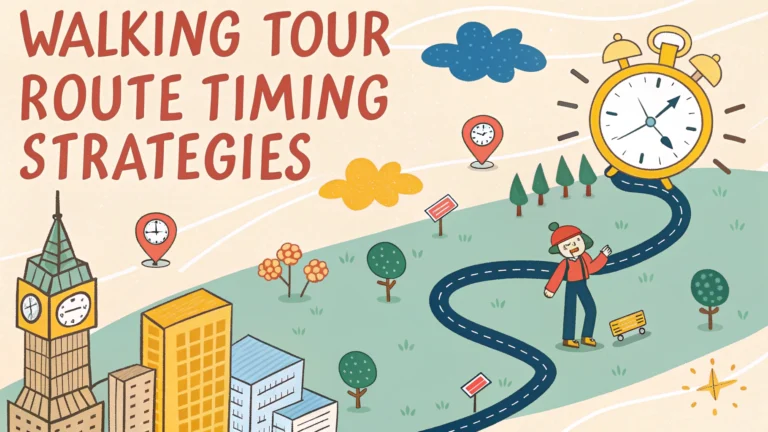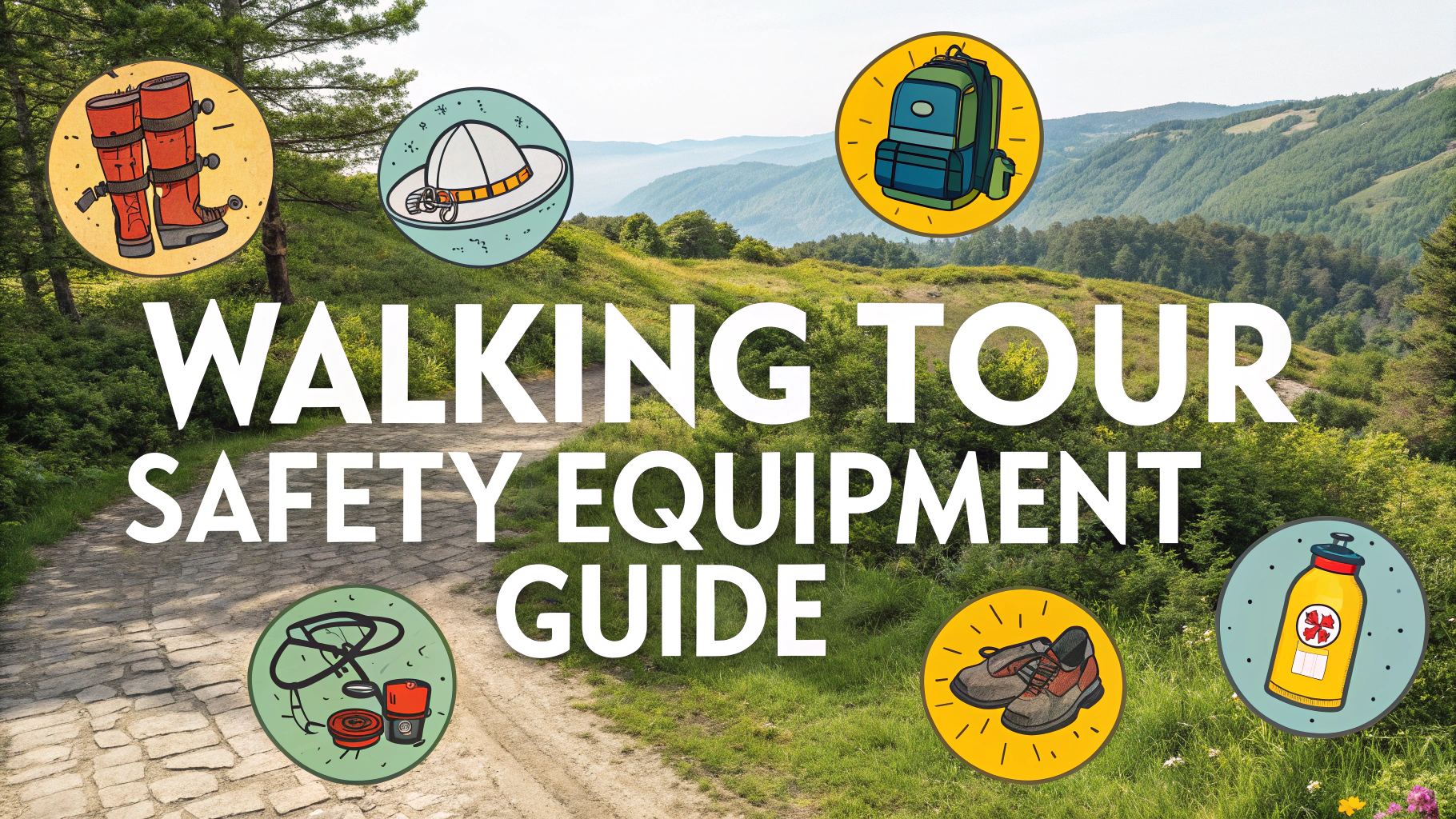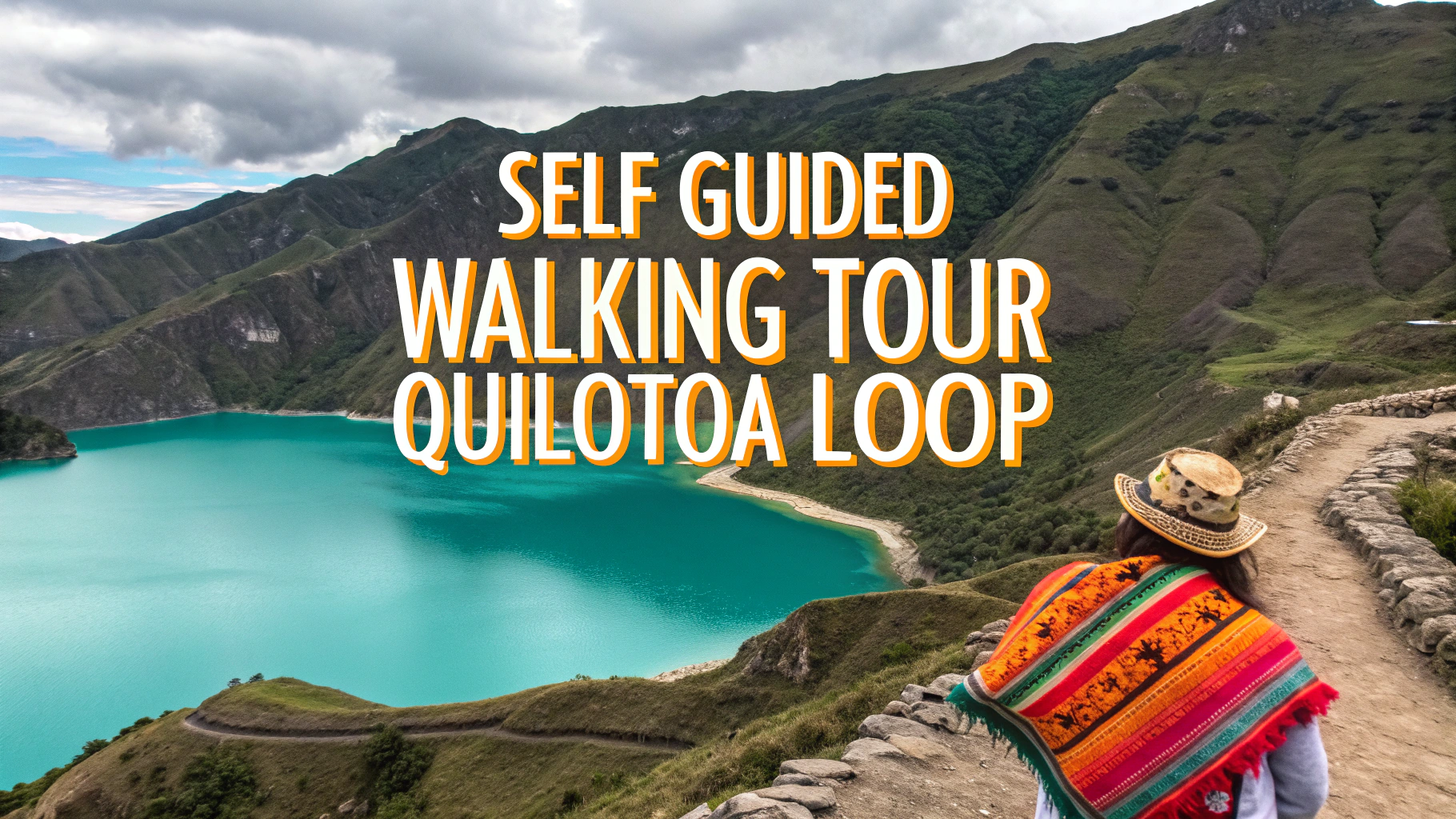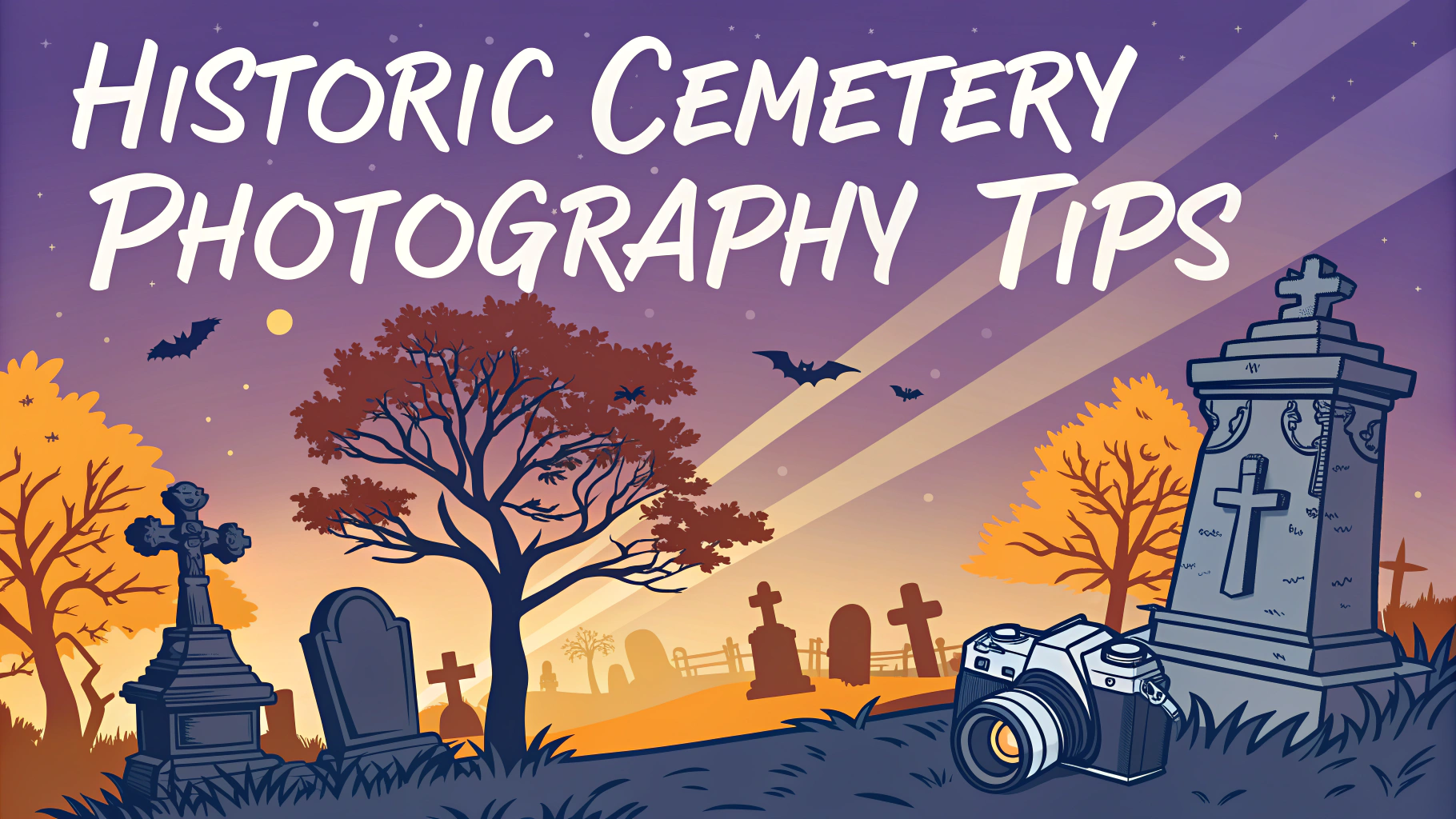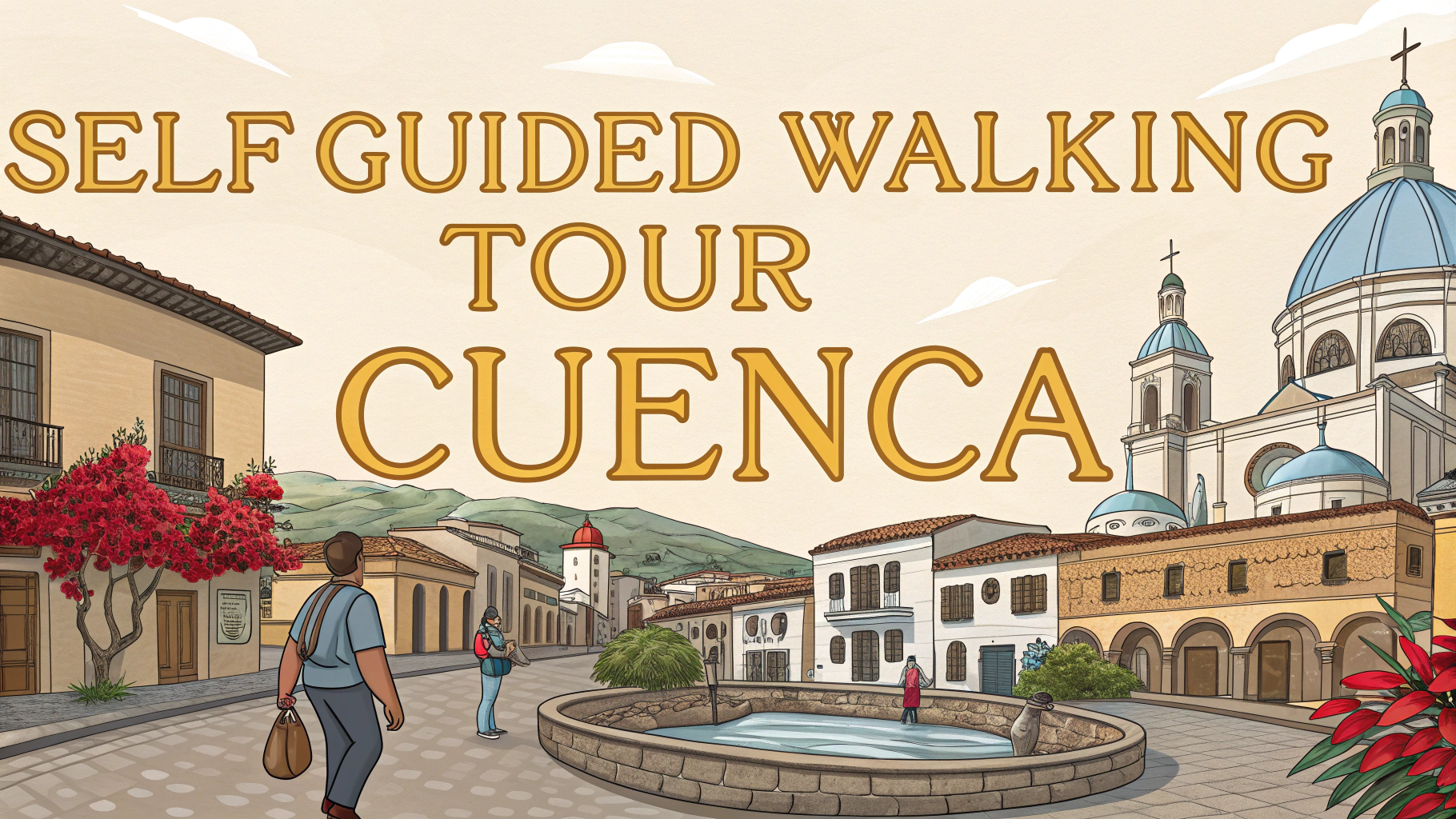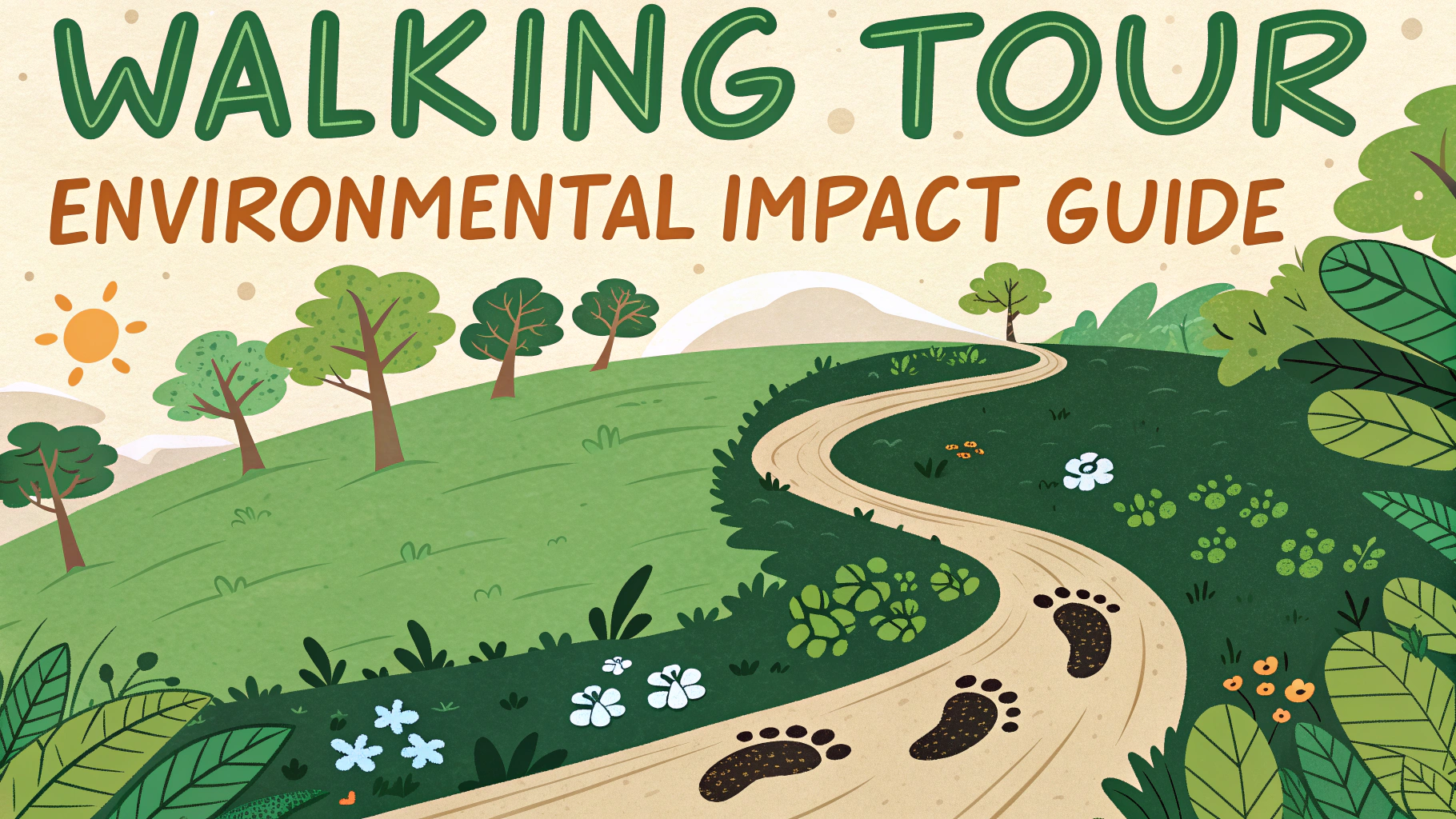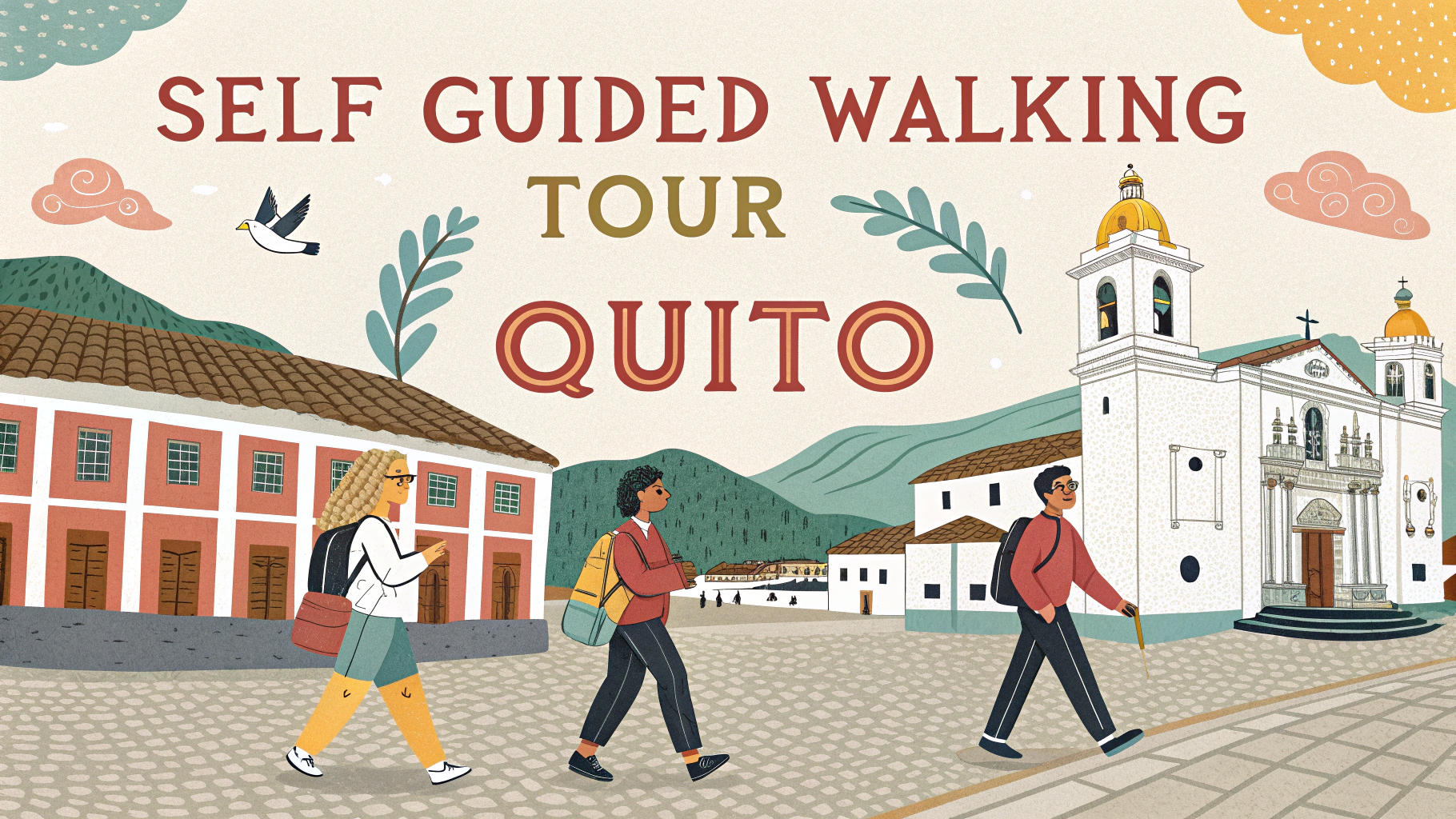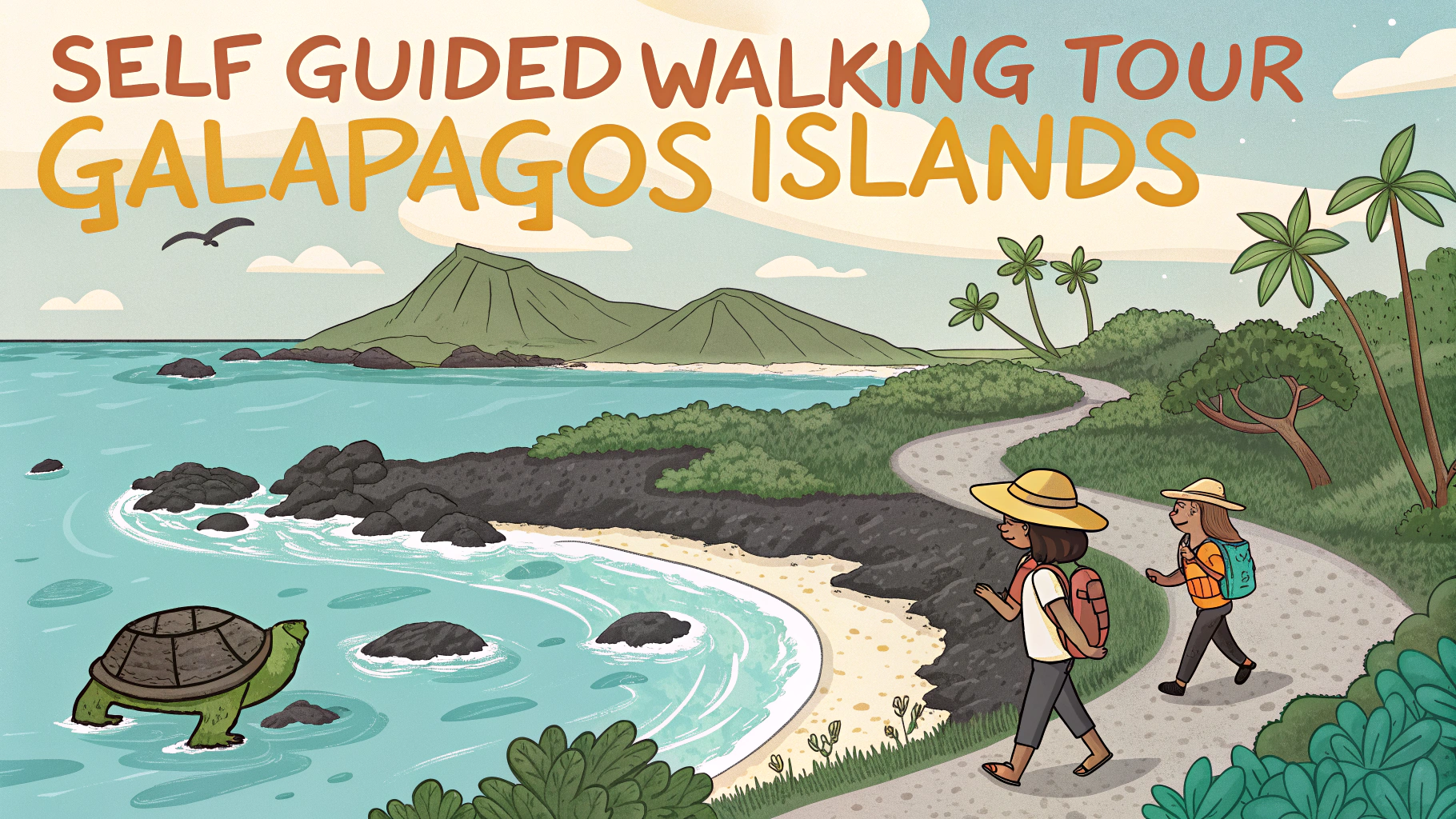Planning the right timing for your self-guided walking tour route can make the difference between an enjoyable exploration and an exhausting trek.
Basic Timing Guidelines
- Average walking pace: 2.5-3 miles per hour
- Photo stops: Add 2-3 minutes per location
- Rest breaks: Schedule 10-15 minutes every hour
- Meal breaks: Allow 30-45 minutes minimum
Route Planning Tips
Start your walk early in the morning to avoid crowds and heat, especially during summer months.
Map out bathroom locations, coffee shops, and convenience stores along your route for necessary breaks.
Research opening hours for attractions you plan to visit – some historical sites or museums might have limited schedules.
Time Calculation Formula
| Activity | Time to Add |
|---|---|
| Basic walking distance | 25 minutes per mile |
| Uphill sections | Add 15 minutes per mile |
| Sightseeing stops | 5-15 minutes each |
Weather Considerations
Check weather forecasts and plan extra time for challenging conditions like rain or strong winds.
Group Size Adjustments
- Solo: Standard timing works well
- 2-4 people: Add 15% to total time
- 5+ people: Add 25% to total time
Tech Tools for Timing
Use apps like Google Maps or AllTrails to estimate walking times between points.
Buffer Time Tips
- Add 20% extra time for unknown factors
- Plan alternative shortcuts for unexpected tiredness
- Mark points where you can easily catch public transport
Special Considerations
Account for timezone changes, seasonal daylight hours, and local siesta times in certain countries.
Research local festivals or events that might affect walking times or access to certain areas.
Route Testing
Walk sections of longer routes beforehand during off-peak hours to get accurate timing estimates.
Document actual times taken for future reference or to share with other walkers.
Pro Tip: Keep your first self-guided tour under 2 hours to build confidence in your timing estimates.
Seasonal Adjustments
Summer Planning
- Start walks before 9 AM to avoid peak heat
- Plan routes with shade coverage
- Add extra time for water breaks
Winter Considerations
- Account for limited daylight hours
- Add 20% time for slower walking in cold weather
- Include indoor backup locations
Accessibility Factors
Research step-free routes and resting points for visitors with mobility needs. Note areas with steep inclines or challenging terrain.
Cultural Time Factors
- Religious site visiting hours
- Local business closing times
- Rush hour periods to avoid
Emergency Planning
Mark locations of:
- Medical facilities
- Police stations
- Transportation hubs
- 24-hour establishments
Documentation Methods
- Use GPS tracking apps
- Keep a timing log
- Note unexpected delays
- Record alternate routes discovered
Conclusion
Successful self-guided walking tours depend on careful timing calculations and flexible planning. Consider all variables from weather to group size, and always include buffer time. Start with shorter routes and gradually increase complexity as you gain experience with timing estimates.
Final Tip: Review and adjust your timing calculations after each walk to improve future planning accuracy.
FAQs
- How long should I plan for each mile/kilometer of a walking tour route?
On average, plan for 20-25 minutes per mile (15-20 minutes per kilometer) for casual walking pace, adding extra time for stops, photos, and points of interest. - What’s the ideal length for a self-guided walking tour?
The optimal length is 2-3 miles (3-5 kilometers), which typically takes 2-3 hours including stops. This duration keeps participants engaged without causing fatigue. - Should I plan my walking route clockwise or counterclockwise?
Plan routes clockwise in right-driving countries and counterclockwise in left-driving countries, as this matches the natural flow of traffic and makes street crossings safer. - What’s the best time of day to start a walking tour?
Early morning (9-10am) is optimal as attractions are less crowded, temperatures are cooler, and you’ll have better lighting for photos. - How can I ensure I don’t get lost during a self-guided tour?
Download offline maps, use GPS tracking apps, take screenshots of directions, and identify major landmarks as reference points along your route. - What should I consider when planning rest stops?
Plan rest stops every 30-45 minutes, ideally at points of interest, public benches, cafes, or parks, and ensure access to restrooms along the route. - How do I account for different walking speeds in a group?
Calculate timing based on the slowest walker’s pace, and include buffer time of 15-20% extra for group coordination and variations in walking speed. - What’s the best way to incorporate attractions’ opening hours into the route?
Research operating hours in advance and arrange your route to visit time-sensitive attractions first, planning the rest of the walk around these fixed timeframes. - How should I modify timing for different weather conditions?
Add 10-15% extra time for wet weather, reduce route length by 30% in extreme heat/cold, and always include indoor alternatives for weather emergencies. - What’s the most effective way to time photo stops?
Allocate 2-3 minutes for quick photos and 5-7 minutes for major attractions, marking specific photo spots on your route map in advance.
